Reptile conservationists at Chester Zoo are celebrating the arrival of two baby Komodo dragons – the largest living lizard on the planet.
Reptile conservationists at Chester Zoo caught on camera the moment two highly endangered baby Komodo dragons hatched – the largest lizards on the planet!
The hatchlings arrived weighing just 74g and measuring 40cm in length (pics attached) - but will grow to be more than three metres long and weigh up to 90kg as adults!
It’s the first time the zoo has successfully bred hatchlings from a pair of mating dragons. Previously, in 2007, experts at here at Chester Zoo became the first in the world to discover that female Komodo dragons can fertilise their own eggs without mating – a process known as Parthenogenesis.
The hatchlings arrived to mum Mezcal and dad Satali weighing around 74g and measuring just 40cm in length after being carefully incubated for six months. The tiny youngsters will grow to be more than three metres long and weigh up to 90kg.
It’s the first time the zoo has successfully bred hatchlings from a pair of mating dragons.
Previously, in 2007, experts at the conservation charity became the first in the world to discover that female Komodo dragons can fertilise their own eggs without mating – a process known as Parthenogenesis. This sees only clutches of male young produced and was a global scientific breakthrough at the time.
Zookeepers say the two hatchlings will join a ‘vitally important’ international conservation breeding programme that is working to safeguard dwindling dragon numbers and build a healthy population in zoos to protect the species future.
Matt Cook, Lead Keeper of reptiles at the zoo, said:
“Komodo dragons are fascinating creatures that have survived on this planet for tens of thousands of years, but despite their incredible resilience, populations in the wild have been pushed to the edge of existence in the last 50 years alone due to increased human activity, habitat loss and a rapidly changing climate.
“We have been eagerly awaiting this moment after we successfully introduced female dragon Mezcal with male Satali and they seemed to hit it off straight away. A month later we found a clutch of eggs that had been laid and we carefully placed them in a special incubator where they have been monitored closely for several months. Given the current plight of dragons, we couldn’t take any chances. The two youngsters are now thriving and will join a vitally important conservation breeding programme, spanning the globe, as zoos like ours work to preserve this true icon of the natural world and ensure their survival for generations to come.
“As we work with global partners to secure a better future for the Komodo dragon, everything we have learned from this meticulous process will be shared to improve our overall knowledge and understanding of the world’s largest living lizard.”
For more than 14 years, the zoo has worked alongside its conservation partners, The Komodo Survival Program, and have mapped out the entire wild dragon population on the largest island where they are found – the island of Flores. For the first time in history conservationists have a baseline of information to focus their efforts on the most fragile and fragmented populations on the island.
The project led to the species being re-categorised in 2021 as ‘endangered’ by The International Union for the Conservation of Nature (IUCN) – the world’s authority on the state of nature – in a bid to increase protection efforts for dragons living on the South East islands of Indonesia.
Dr. Gerardo Garcia, Head of Ectotherms at the zoo and co-ordinator of Europe’s entire zoo population of Komodo dragons, added:
“The recent reclassification of the Komodo dragon has helped shine a spotlight on this incredible species and generate some urgency to help protect the dragons and their island habitat. Dragons are massively at risk to the changing climate as they live in a very specific areas, which is a small band of habitat that sits between the coast and steep forested hills where, up until very recently, the conditions were perfect for these giant lizards to thrive. Any small fluctuations, alongside other threats such as habitat loss and conflict with humans, are increasingly putting these giant reptiles at risk of extinction.
“In parallel with the important conservation breeding programme in conservation zoos like ours, experts have been working for nearly a decade to protect Komodo dragons on the island of Flores, where 85% of dragons live in unprotected areas and were often killed when in the vicinity of local people and livestock. Together with our partners, we have been working with communities on the island to find ways, through sustainable farming practices and education, so that humans and dragons can co-exist on our planet. This holistic approach is key to ensuring a future where these magnificent dragons are able to survive and thrive.”
The Komodo dragon is the largest of the world’s 7,555 lizard species, with ancestors that date back more than 100 million years. The giant reptiles are found on just a handful of small isolated islands in Indonesia, including Komodo and Flores, where experts say just 3,000 now remain.
Habitat loss, agricultural expansion and rising global temperatures have caused major decline in Komodo dragon populations – with their habitat expected to reduce by a further 30% in the next 45 years.
About Komodo dragons:
- The first of the Komodo dragons hatched at 9:30am on 1 April with the second following just 14 hours later.
- Scientific Name: Varanus komodoensis
- Komodo dragons are the largest lizards on Earth, measuring up to 3 metres in length and weighing over 90kg.
- The species is native to the Indonesian islands of Komodo, Rinca, Flores, Gili Motang and Padar.
- Komodo dragons are classed as Endangered by the International Union for the Conservation of Nature (IUCN).
Main Threats:
- Habitat Loss: Deforestation and degradation reduces their available range and disrupts their natural behaviours. .
- Human / Wildlife Conflict: Dragons are killed by farmers when found near areas of livestock
- Illegal Wildlife Trade: Komodo dragons are captured for the exotic pet market
- Poaching: Despite legal protection, Komodo dragons are often poached for their skin, bones, and body parts. This illegal activity not only reduces population numbers but also disrupts the delicate balance of their ecosystems

 AN UPDATE FROM CFU VICE-CHAIR JIM GREEN
AN UPDATE FROM CFU VICE-CHAIR JIM GREEN
 CHESTER FC TO VISIT MACCLESFIELD IN PRE-SEASON
CHESTER FC TO VISIT MACCLESFIELD IN PRE-SEASON
 Plan ahead for overnight closures on M56 near Manchester Airport
Plan ahead for overnight closures on M56 near Manchester Airport
 Almost two million older people are living in poverty in the UK
Almost two million older people are living in poverty in the UK
 GOLF PROJECT IS BIG HIT WITH PETTY POOL LEARNERS
GOLF PROJECT IS BIG HIT WITH PETTY POOL LEARNERS
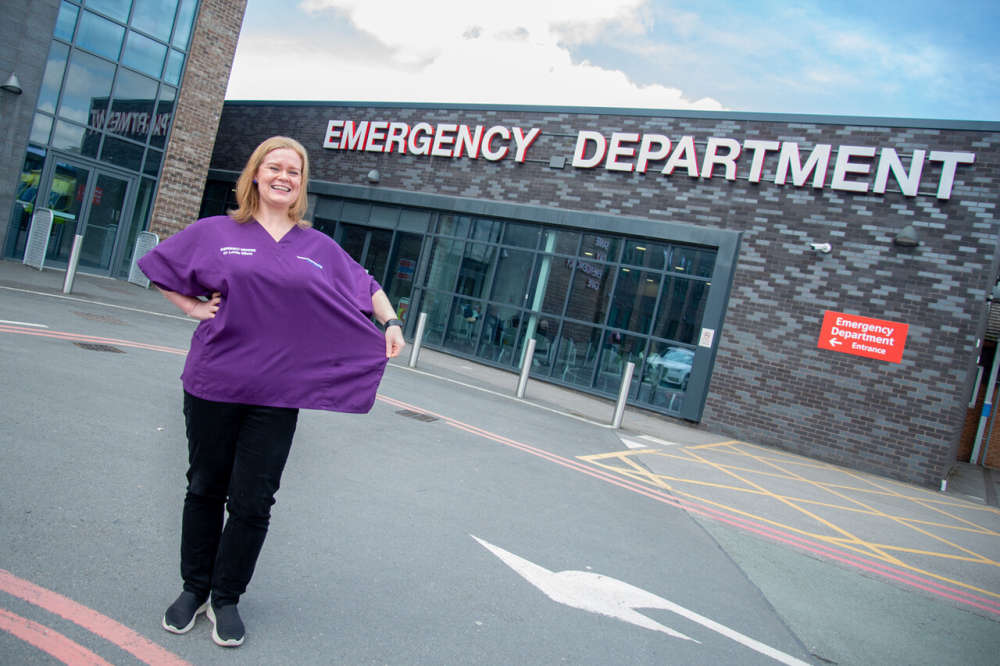 Countess of Chester Hospital consultant running Chester Half Marathon after shedding almost ten stone
Countess of Chester Hospital consultant running Chester Half Marathon after shedding almost ten stone
 Spotlight shines on Cheshire West
Spotlight shines on Cheshire West
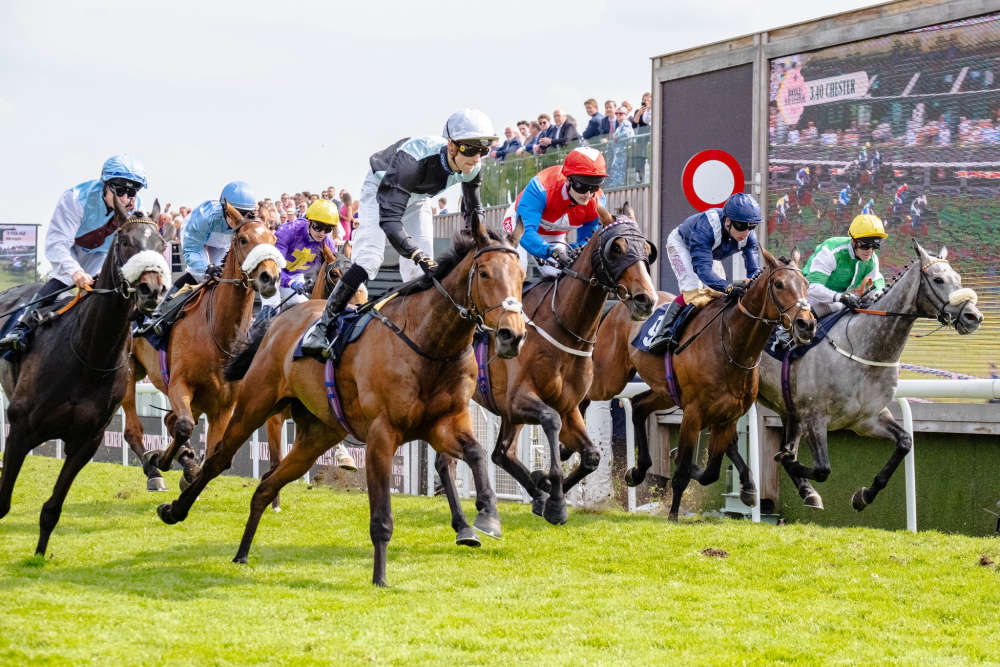 IMMERSIVE LINE-UP OF ENTERTAINMENT ANNOUNCED FOR ROMAN DAY AT CHESTER RACECOURSE
IMMERSIVE LINE-UP OF ENTERTAINMENT ANNOUNCED FOR ROMAN DAY AT CHESTER RACECOURSE
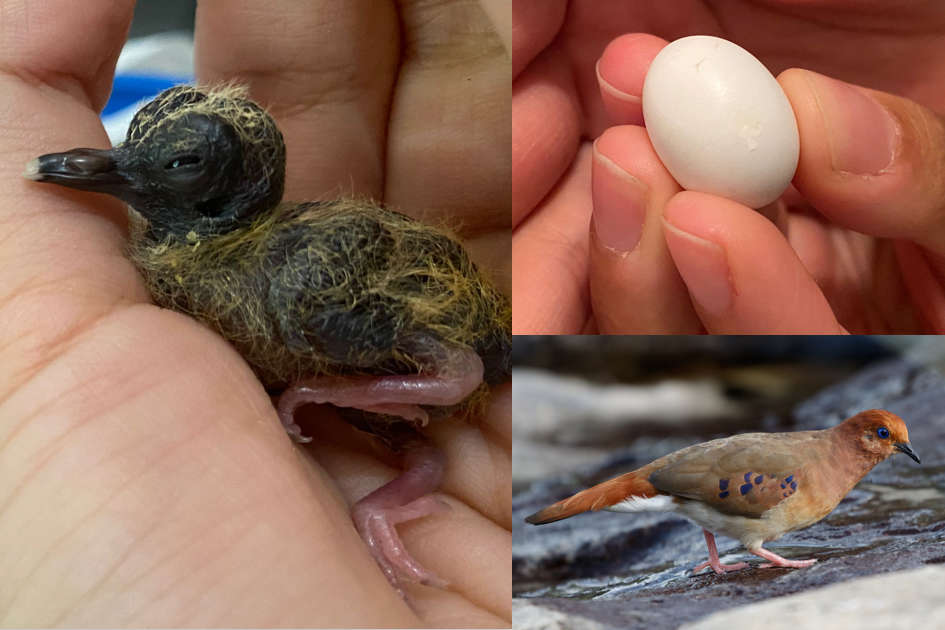 International team of conservationists hand-rear blue-eyed ground-dove chick
International team of conservationists hand-rear blue-eyed ground-dove chick
 Foster Wales Flintshire is calling on people to consider becoming foster carers
Foster Wales Flintshire is calling on people to consider becoming foster carers
 Air quality improvements could see end of air quality management areas in Ellesmere Port and Frodsham
Air quality improvements could see end of air quality management areas in Ellesmere Port and Frodsham
 Protecting people from the sun
Protecting people from the sun
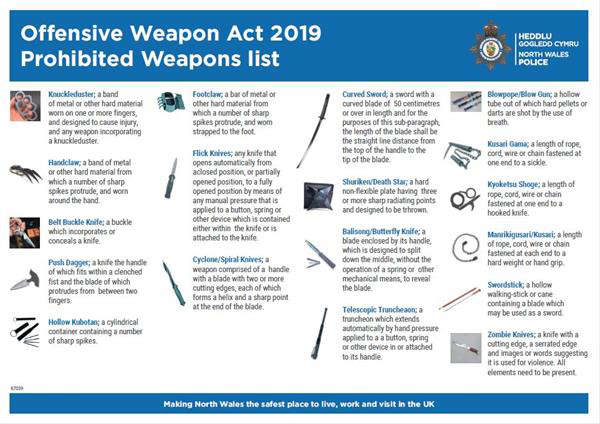 Come and speak to North Wales Police
Come and speak to North Wales Police
 Supporting people on their journey to employment
Supporting people on their journey to employment
 Ian Puleston-Davies opens new staff wellbeing hub at Countess of Chester Hospital NHS Foundation Trust
Ian Puleston-Davies opens new staff wellbeing hub at Countess of Chester Hospital NHS Foundation Trust
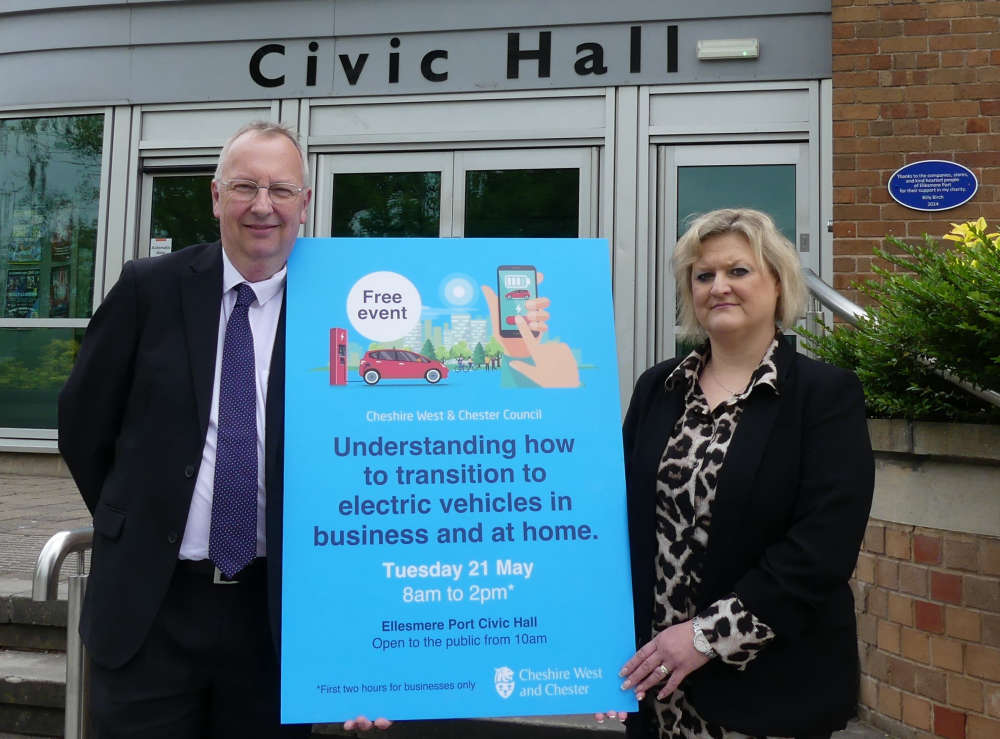 One week to the Council’s event to help you switch to electric vehicles
One week to the Council’s event to help you switch to electric vehicles
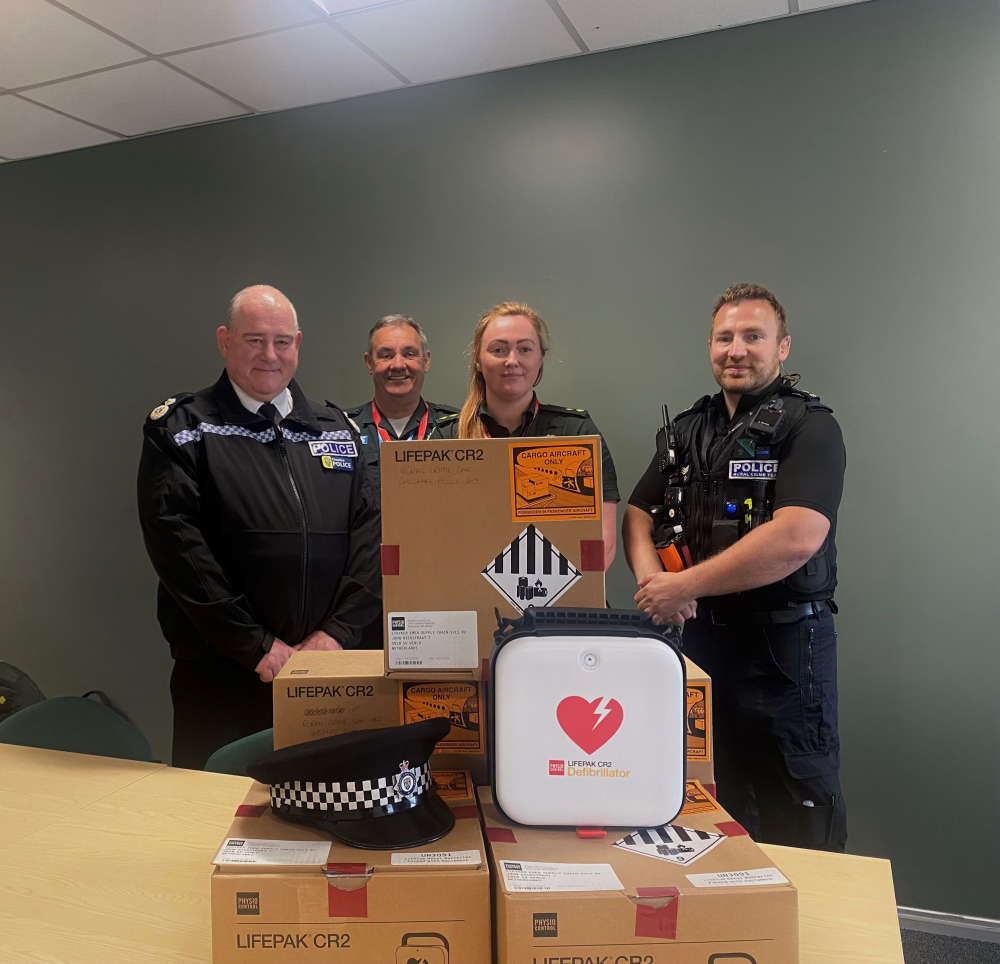 Rural Crime Team equipped with mobile defibrillators
Rural Crime Team equipped with mobile defibrillators
Comments
Add a comment